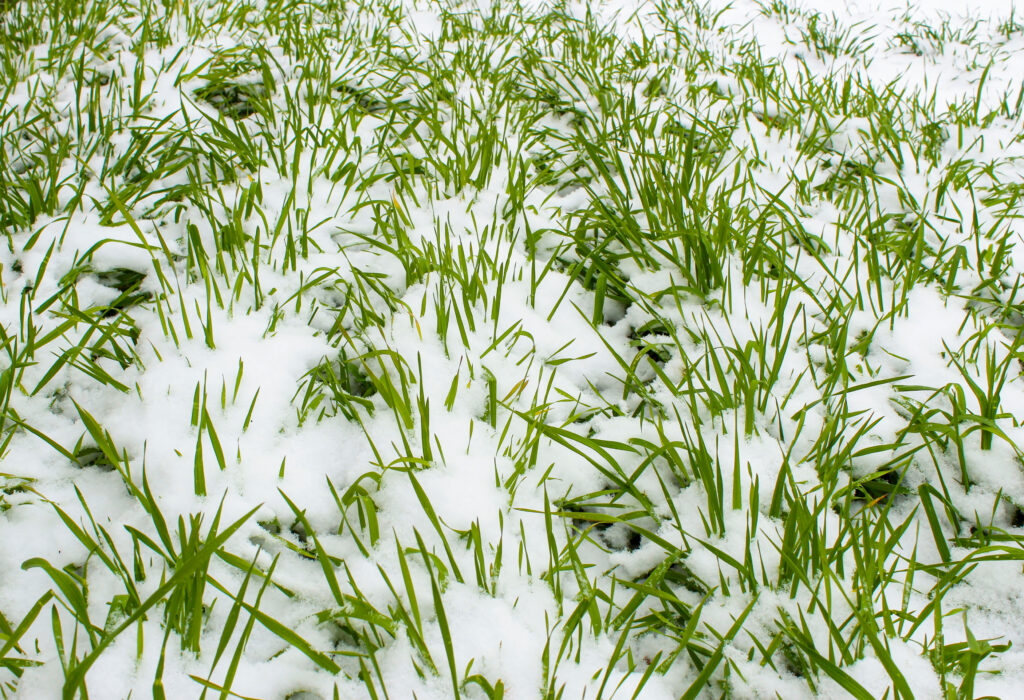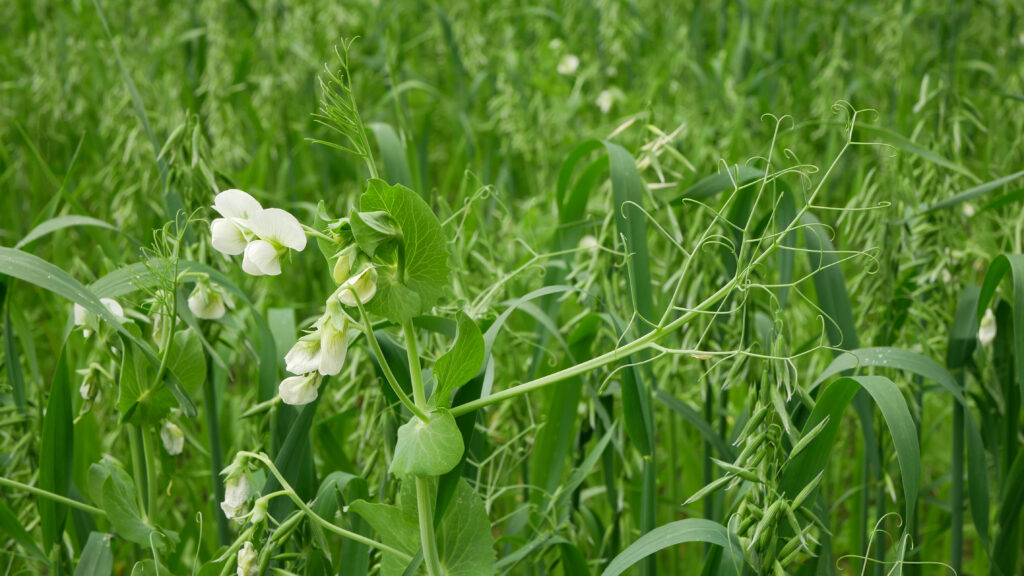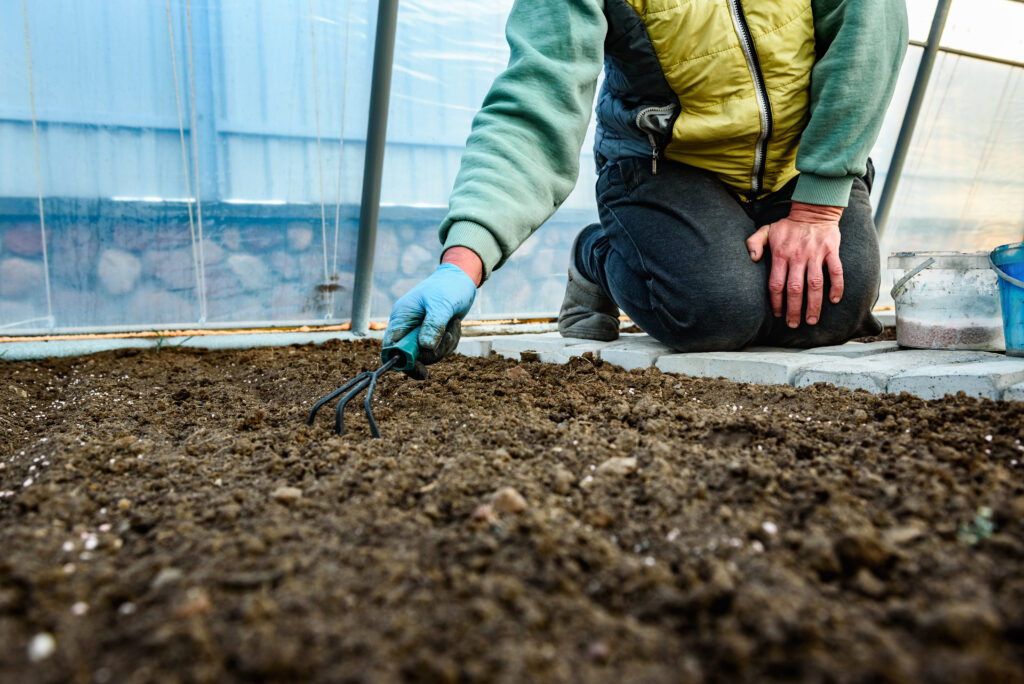Beginner’s Guide to Cover Crops in the Fall

Want healthier soil, fewer weeds, better moisture retention, and an easier start next spring? Cover crops are one of the simplest, most effective things you can plant in fall. They act like living mulch, build soil health, and even add nutrients—giving your garden a big head start for the next season.
In this guide, you’ll learn why cover crops matter, how to pick the right ones for Boise’s climate, when and how to plant them, and what to do with them come spring.
Why Bother with Cover Crops?
Cover crops aren’t just for farmers—they’re an easy and powerful tool for backyard gardeners too. Here’s what they do:
- Stop soil from washing away during fall and winter rains and wind
- Add organic matter as they break down, improving soil structure and water-holding capacity
- Fix nitrogen naturally (especially legumes like peas and clover), reducing your need for fertilizers
- Smother weeds by shading the soil before they can take hold
- Feed soil life, including earthworms and helpful microbes
- Disrupt pest and disease cycles by breaking up planting patterns between crops
Winter-Kill vs. Non-Winter Kill: What’s the Difference?
Some cover crops are low-maintenance and naturally die off when cold weather hits—these are called winter-kill crops. Others survive the cold and keep growing into spring—those are non–winter-kill crops and they’ll need a bit of spring management.
If you’re new to cover cropping or want something easy, winter-kill types are a great place to start. If you’re looking to build long-term soil health and don’t mind doing a bit more work come spring, a non–winter-kill option (or a mix) might be a better fit.

Which Cover Crop is Right For You?
Some cover crops tuck themselves in for the winter and quietly disappear. Others hang around and need a little encouragement in spring. Here’s a quick look at your options:
| Cover Crop | Why Gardeners Love It | What to Know in Boise |
|---|---|---|
| Oats | Fast grower, great at smothering weeds, adds nice organic matter | A true fall MVP—dies off naturally in winter, making spring prep super easy. Great for beginners. |
| Field Peas | Boosts nitrogen, builds soil fertility, adds gentle green cover | Usually winter-kills, especially when planted with oats. Easy to handle and good in mixes. |
| Crimson Clover | Pretty flowers, feeds pollinators, fixes nitrogen | May winter-kill or survive, depending on the weather. Might come back if the winter is mild—just mow in spring if needed. |
| Winter Rye | Tough, reliable, great for building soil and fighting erosion | Hardy and strong-willed. Survives winter and grows fast in spring—make sure to mow or turn under a few weeks before planting. |
| Hairy Vetch | Powerhouse nitrogen fixer, long-lasting soil booster | Often overwinters well and can be a little clingy in spring. Needs to be mowed or tilled in before planting. |
| Austrian Winter Peas | Gentle ground cover, fixes nitrogen, pretty in a mix | May survive or die off, depending on the winter. Easy to manage either way—often paired with rye for balance. |

When and How to Plant Cover Crops in Boise
When to Plant:
The sweet spot for sowing cover crops in the Treasure Valley is late August through early September. That gives plants enough time to get established before cold weather sets in and the soil starts to freeze.
How to Prep the Bed:
Clear out any weeds or old plants. Lightly rake or loosen the soil surface—you don’t need to till deeply, just enough to help seeds settle in and make contact with the soil.
How to Sow:
Sprinkle seeds evenly across the surface. If you’re using a mix, combine everything thoroughly before sowing. Then rake lightly or press the seeds into the soil (a ½-inch depth or less is perfect). If the weather’s dry, give the area a gentle watering to encourage germination.

What to Do Over Winter – and in Spring
Once your cover crop is up and growing, there’s not much to do through the winter. Let it protect the soil and do its thing.
In early spring, how you manage the cover crop depends on what you planted:
- Winter-kill crops like oats and field peas will be dead and brown. You can leave the residue as mulch or lightly turn it into the soil a few weeks before planting.
- Cold-hardy crops like winter rye, vetch, or clover will bounce back as the weather warms. You’ll need to mow, cut, or crimp them about 2–3 weeks before planting to give the plant matter time to break down.
Some cover crops—especially winter rye and vetch—can be stubborn if left too long. They have dense roots and vigorous spring growth that can be tricky to manage. To keep things easy, make sure to learn a bit about the crop you’re planting and have a plan for when to cut it back.
A Few Final Tips for Success
Start small. Try one bed or a corner of your garden to get the hang of it.
Mix it up. Combining a grass (like oats or rye) with a legume (like peas or clover) gives you the best of both worlds.
Keep it moist. Water after planting and check soil moisture until the cover crop is established.
Watch the weather. Plant early enough that crops can grow before the first hard freeze.
Think ahead. Choose a cover crop that fits with your spring plans and how much effort you want to put into prepping the bed.
Ready to Improve Your Soil?
Cover crops are one of the easiest ways to build long-term soil health without a lot of extra work. Whether you’re growing veggies, flowers, or just want better soil for next year, planting a fall cover crop is a smart investment that pays off for seasons to come.
CATEGORY
8/26/2025
a word from our viewers